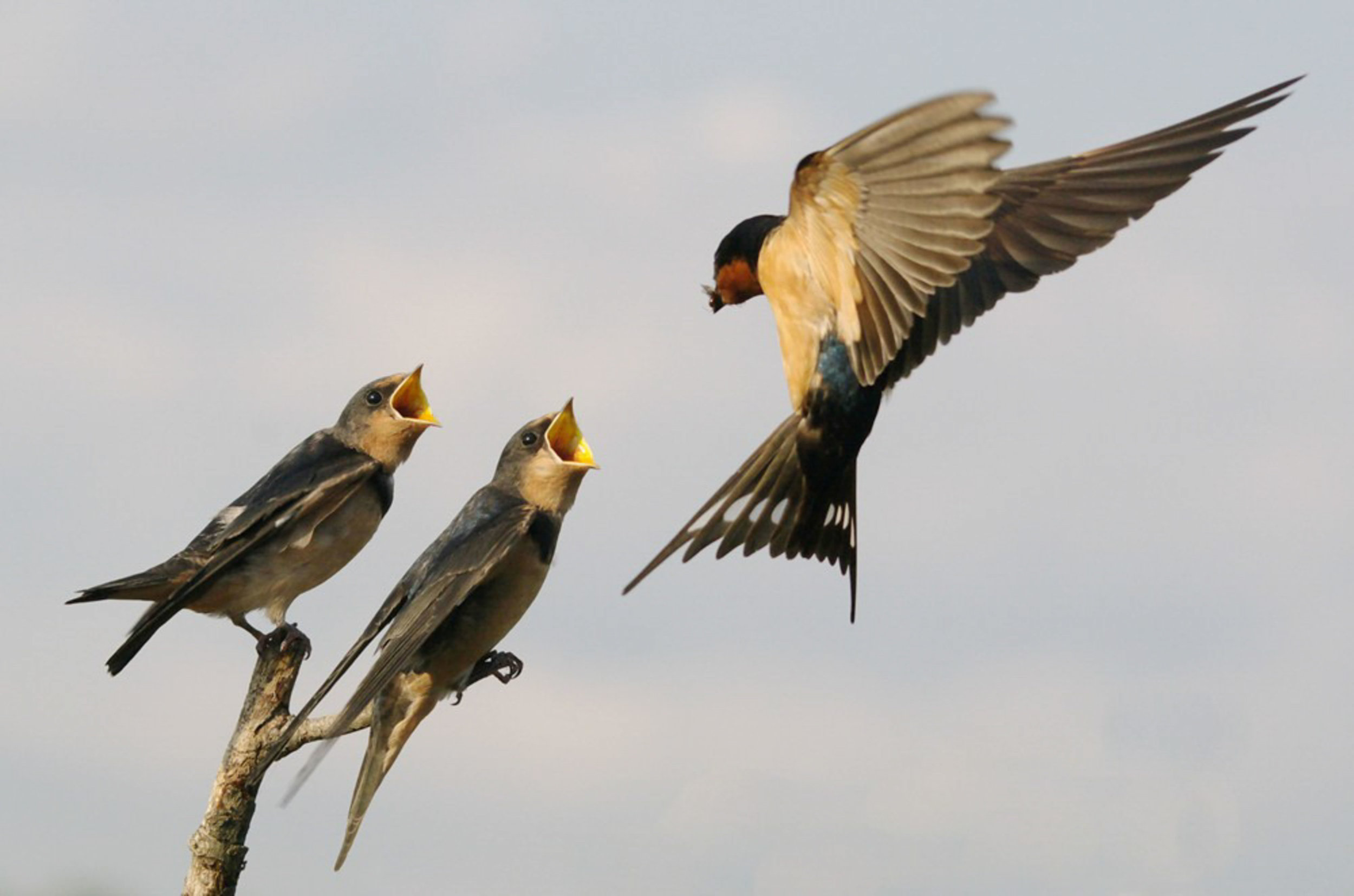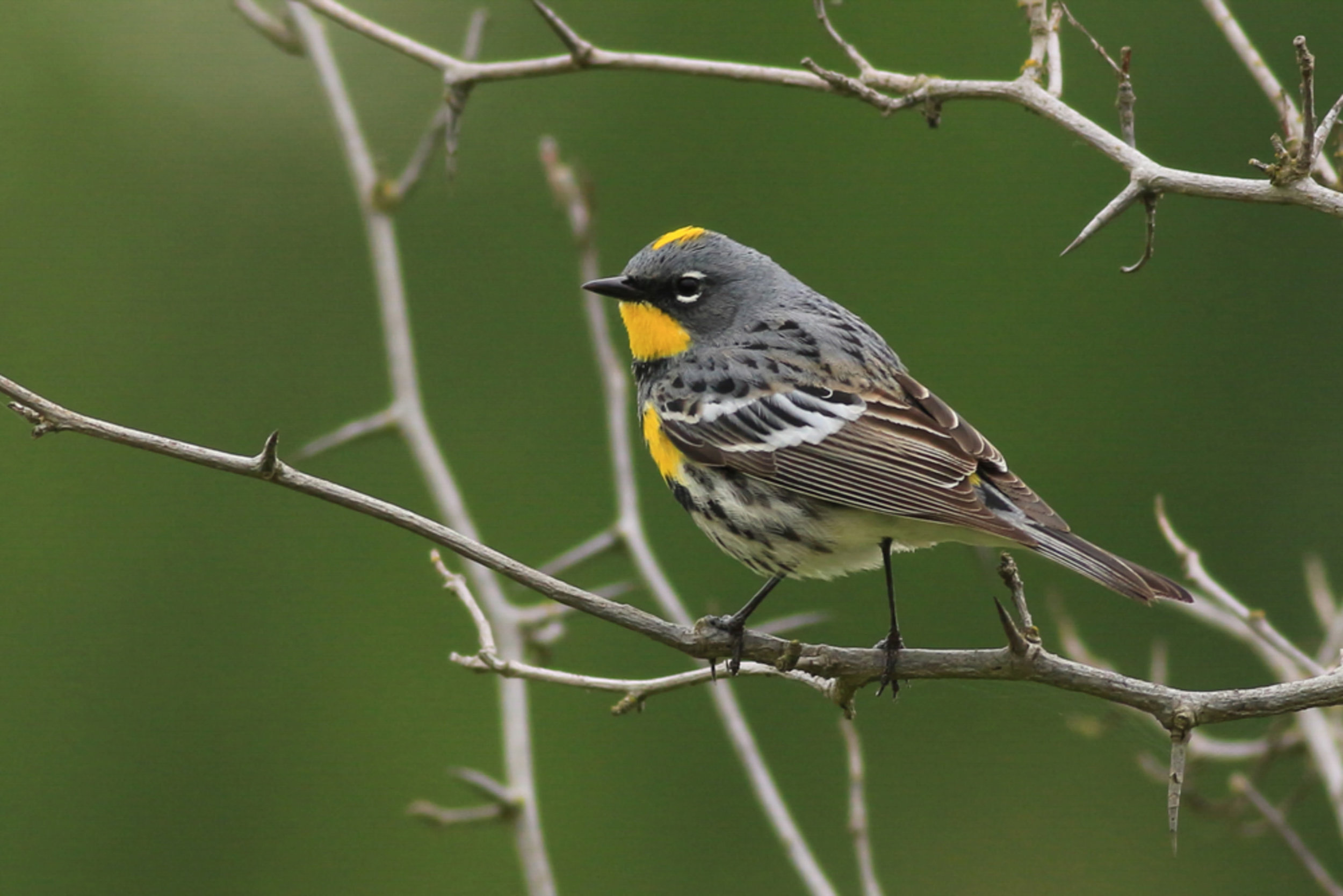Everyone knows what an ant looks like. And most people know that ants (Family Formicidae) live in colonies, usually made up of a single queen and her workers. But did you know that these workers are the queen’s offspring and are all sterile females?
The queen ant begins a colony by laying eggs in a protected place, like under a log. She tends to her first brood of eggs, then feeds them her saliva when they hatch into larvae, and protects them as they pupate into adult ants. This first brood will then tend to the queen and her future offspring, leaving the nest colony to forage for food for both the queen and the developing young. Essentially, the queen ant becomes an egg-laying machine. Over time the colony grows in size as the adult worker population increases. Worker ants can live for almost six years and the queen up to fifteen years.
Beatriz Moisset CC-BY-SA-4.0
In spring or summer the queen will lay eggs that develop into fertile male and female ants. And these ants have wings! They leave the colony en masse, taking flight to mate in midair. This is called the “nuptial flight.” If you happen upon one of these flights, stop what you’re doing and take the opportunity to sit back and watch the show.
These winged ants emerge from their nest colony, which may be underground, or in a dead tree, or perhaps in an old woodpile. They walk about, searching for just the right spot from which to take flight. Then, single file, they follow one another to this point of no return, be it the tip of a branch or a log on top of the woodpile. It seems that the ant at the front of the line hesitates just a bit, and those behind it begin to crowd too close. “What’s the hold up?” Suddenly, the first ant takes flight and the others follow, destined to mate on the wing. (The females, future queens, will store enough sperm from this one encounter to last the rest of their lives. They will drop to the ground, their wings will fall off and they will begin their own colonies. The male ants, having served their purpose, will die shortly after mating.)
While this mass of flying ants is swarming it attracts a variety of hungry opportunists. Dragonflies, the ultimate aerial insect predators, snatch the ants in midair. Franklin’s Gulls, Common Nighthawks, swallows and swifts have all been known to feast on flying ants.
Last May my husband and I observed a mass of flying insects in our side yard. At first we thought they were mayflies emerging from our wetlands, but on closer inspection we realized they were ants. We tracked them to their point of emergence, an old rotting woodpile at the edge of our neighbor’s yard. Since we knew that this spectacle wouldn’t last forever, we postponed our weekend chores to sit on the lawn and watch.
Lea Maimone CC-BY-SA-2.5
As the ants took flight we were able to see them climb higher and higher in the sky against a backdrop of passing clouds. Large dragonflies appeared, cruising at several levels, from rooftop height to far above the treetops. And then the birds came. Soaring over the treetops were Chimney Swifts, Tree Swallows and Barn Swallows. As they ate the ants on the wing we wondered where the heck they had come from. Who rang the dinner bell?
Movement in the woods near the woodpile caught our attention. Several Yellow-rumped Warblers were perched on branches above the woodpile. They had discovered an easy meal and were hawking the flying ants in midair. as the insects became airborne. (A Black-and-white Warbler was attracted to all the activity, but we never saw it consume any ants.)
It was our resident male Bluebird, however, that had the best seat at this feast. While the female Bluebird incubated eggs in a nest box in our yard, her mate stood on the top of the woodpile and gorged himself on the emerging ants before they could take flight!
This incredible flurry of activity was over in twenty minutes. In that time, a colony of ants dispersed to create new colonies, and several species of insects and birds took advantage of that dispersal. It was fascinating to observe the various feeding methods of the birds and how they were able to take advantage of all levels of the ants’ emergence. Ants, even those with wings, are clearly an important food source for many species of birds.
Cindi Kobak





